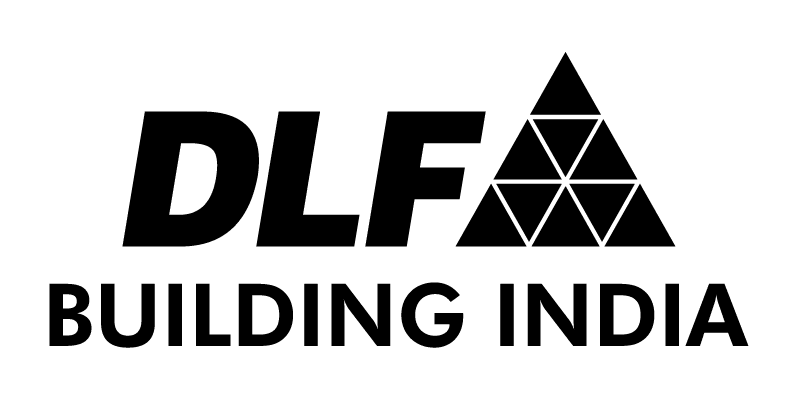Summary
DLF is the largest commercial real estate developer in India, specializing in the development of commercial, retail, and residential properties throughout the country. DLF continues to see exceptional growth in a highly competitive expanding market.
DLF decided to migrate from an IBM FileNet P8 instance to SharePoint Online to achieve granular management of their content and information, provide staff and external stakeholders with the flexibility of a centralized Content Services solution, and reduce the overall cost of ownership of their infrastructure.
Challenge
With more than 2.4-million content items held in an aging IBM FileNet P8 instance, DLF’s staff were replicating efforts in storing and managing documents and rich media across disconnected on-premise platforms, including multiple object stores and folders with content that was not correctly filed or related.
With staff spread over corporate departments and subsidiaries, DLF needed a content services platform that provides flexible distribution, management, and collaboration.
Strategy
To improve content management across the organization, DLF decided to leverage their existing investment in Office 365 and migrate from IBM FileNet P8 to SharePoint Online. They chose Proventeq’s Migration Accelerator software to discover, analyze, enhance, classify, and migrate their content portfolio – all while minimizing business downtime during the migration process.
To help DLF move forward with a flexible centralized content services platform, Proventeq developed a strategic six-step migration and support solution based on the specific challenges faced by DLF, and Proventeq’s experience in migrating content from IBM FileNet P8 to SharePoint.
- Discovery & analysis. Proventeq used Migration Accelerator’s discovery and pre-migration analysis reports to help identify the following potential migration issues:
- Compound documents and multi-content documents within FileNet
- Invalid characters in folder and file names that are not allowed in SharePoint
- Duplicate item names, long item names, and item names having no extensions
- Differing Mime type across document versions, e.g., .docx and .pdf
- Unfiled documents and too many child items in container or folder
- Invalid file types and checked-out files.
- Information architecture optimization. Proventeq arranged a workshop to get a full understanding of DLF’s organizational structure to make determinations on architecture structure and security model. After the workshop, the team did the following:
- Proposed a target information structure to match DLF’s organizational structure and function
- Created SharePoint groups based on different DLF user entities to secure the content of this new target information structure allowing permissions to be applied at a granular level
- Configured and deployed an automated provisioning tool for faster and accurate deployment
- Migration design and configuration. Migration Accelerator’s custom content classification and target structure mapping feature addressed the requirement to classify the content accurately and migrate related documents together into site collections and document libraries in SharePoint Online resulting in a more expedited migration.
- Pilot migration. To demonstrate how production migration would work and to test existing data in production, the team carried out a pilot migration exercise by mapping out content from one of IBM FileNet’s object stores and applying necessary target information structure, classification, and metadata rules and then migrating to specific site collections, document libraries, and folders in SharePoint Online.
- Incremental live migration. After the successful pilot migration, the team used Migration Accelerator’s incremental immigration features to stage the production migration process. They also performed the following actions:
- Using PowerShell extensions, the team set up additional migration rules to consolidate and classify the high volume of source content types
- The team transformed metadata values to comply with SharePoint restrictions based on metadata rules to handle invalid characters and URLs
- Migration Accelerator’s built-in rules handled duplicate item names and mime type mismatches
- The team generated custom reports to ensure they had successfully migrated the entire content portfolios of respective corporate departments, subsidiary companies, and PRISM functions
- Post migration support. To ensure users could find the newly restricted and migrated content on the SharePoint platform, Proventeq provided 90 days of post-migration support.
The transition to Microsoft Office 365 platform was swift and smooth and it has provided flexible distribution, management, and collaboration of content.
Mr. Mahesh Mathur (Sr. Vice President – IT & System, DLF Ltd)
Results
By utilizing the existing investment of Microsoft’s Office 365 platform, DLF experienced a 35% reduction in licensing costs and negated the need for updating and upgrading the FileNet P8 by decommissioning the IBM system.
The adoption of both a pilot migration and the implementation of an incremental production migration process helped DLF avoid any costly and time-consuming technical issues and ensured that content could be accessed across the organization both during the project and after migration. Following this up with an extended period of adoption support, Proventeq eased the transition to SharePoint, helped identify and remedy any user-centric information management issues, and ensured that all DLF’s initial goals and long-term goals when adopting SharePoint were achieved.
While overarching control over complex granular permissions had proved problematic in FileNet P8, the adoption of Microsoft’s Azure Information Protection allows DLF to meet a key goal of achieving granular control of view, read, and print permissions on externally shared content. SharePoint Online and Proventeq’s Migration Accelerator have given DLF the ability to apply AIP security to content; allowing the organization to meet the security challenges of managing high volumes of content across internal and external users.
Read full case study
